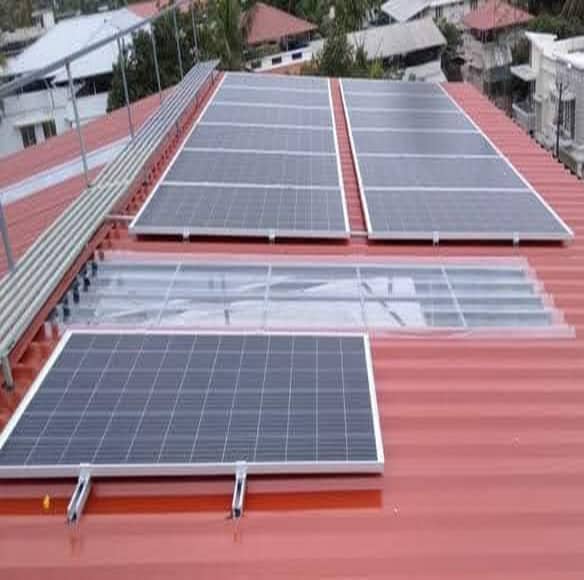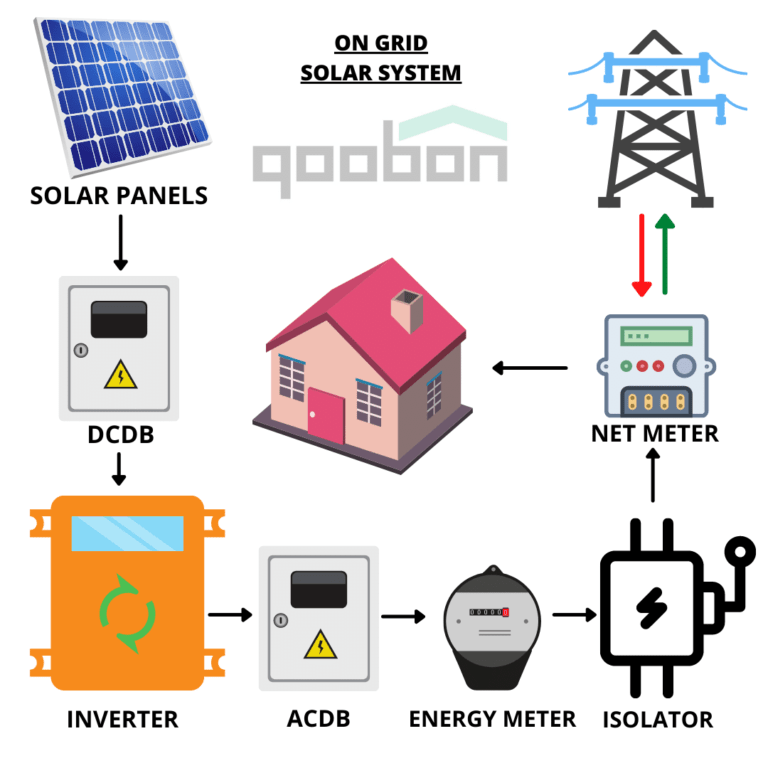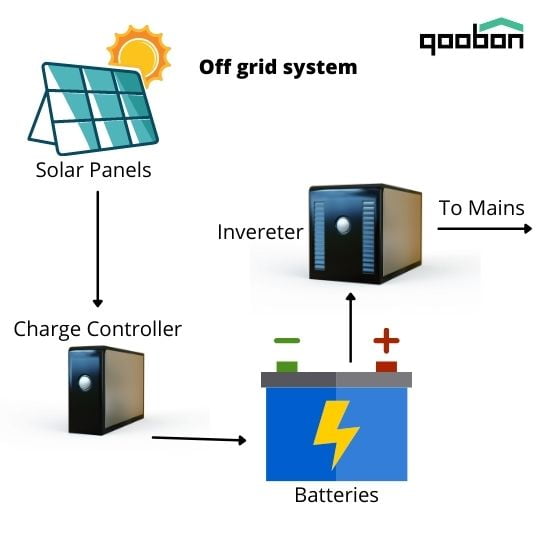How to install your solar system safely?
Installing solar panels exposes workers to serious risks, major hazards are electric shock and arc flash explosions which can lead to serious injury or death. Electric shocks have been the second leading cause of death in the construction industry. Installing technicians must manage the risks of electric shock and arc flash explosions to ensure the safety of workers and themselves.
Risk assessment is mandatory for all types of installations, Assess the worksite to identify and where possible hazards are what are the steps to control them and who is responsible to implement the controls, etc should be recorded, Key risk factors to consider include:
1, condition of electrical wiring, fittings, and equipment at the site.
2, The location of overhead powerlines or electrical cables such as those located in the ceiling space.
3, The risks of falls that may occur during the installation, and any manual handling risks.
4, Uneven and slippery surfaces
5, Chances of dropped objects that may fall on people underneath
6, Exposure to sunlight and heat
You must have safe work procedures for all work activities associated with installing solar panels and inverters. Use information from your risk assessment, the manufacturer’s instructions, and the Indian Standards to develop your safe work procedures.
It is always important to educate the crew regarding safe work procedures, and any emergency procedures, and to wear the appropriate personal protective equipment.
Electrical isolation is very important while working on-grid solar installation. There may be more than one source or multiple properties powered from the same meter box. You need to identify any hazards that may be introduced after isolating the power to the affected property such as loss of lighting or life support systems that may be present.
Switch off all power at the electricity meter box and at least place warning signs if not possible put a lock on the main switch or the meter box. This will prevent accidental re-energization.
Switching off power at the meter box does not turn off the electricity supply from the street to the meter box. This means that incoming overhead service lines and the consumer mains will still be live. Do not carry out electrical work while equipment is energized.
If you find any damaged wiring or appliances within the ceiling space, exit safely and report it to the owner or person in control of the property for proper repair.
When working within a ceiling space, you must always treat electrical cables as live unless they have been isolated. The safe work principle ‘test for dead before you touch’ must always be applied. Be aware of electricity being generated from the solar panels being installed.
If you use to plug in power tools or extension leads you must make sure they are inspected, tested, and maintained regularly. Before using plug-in power tools and leads check them for damage, and never drag them over sharp edges such as metal sheeting. Power tools should always be used in conjunction with a 30mA Residual Current Device, commonly known as a safety switch.
Installation of electrical wiring for solar systems must only be carried out by a licensed electrical contractor or qualified supervisor experienced in solar installation. All work undertaken must be following all relevant Standards including national Wiring Rules and the local Service Rules.
While installing the solar system ensure the manufacturer’s requirements are followed. This includes installing mounting points for the solar panel framing and taking into consideration the highest wind speeds for the region. Protect all external wiring from UV rays. Ensure the correct cables are selected for the work, and mechanical protection of cables is appropriate for the location. The installed system must be tested and commissioned by the installing electrician. After completing the relevant electrical tests, the electrician must complete a Certificate of Compliance for Electrical Work and provide it to the customer, the distributor, and Fair Trading.





